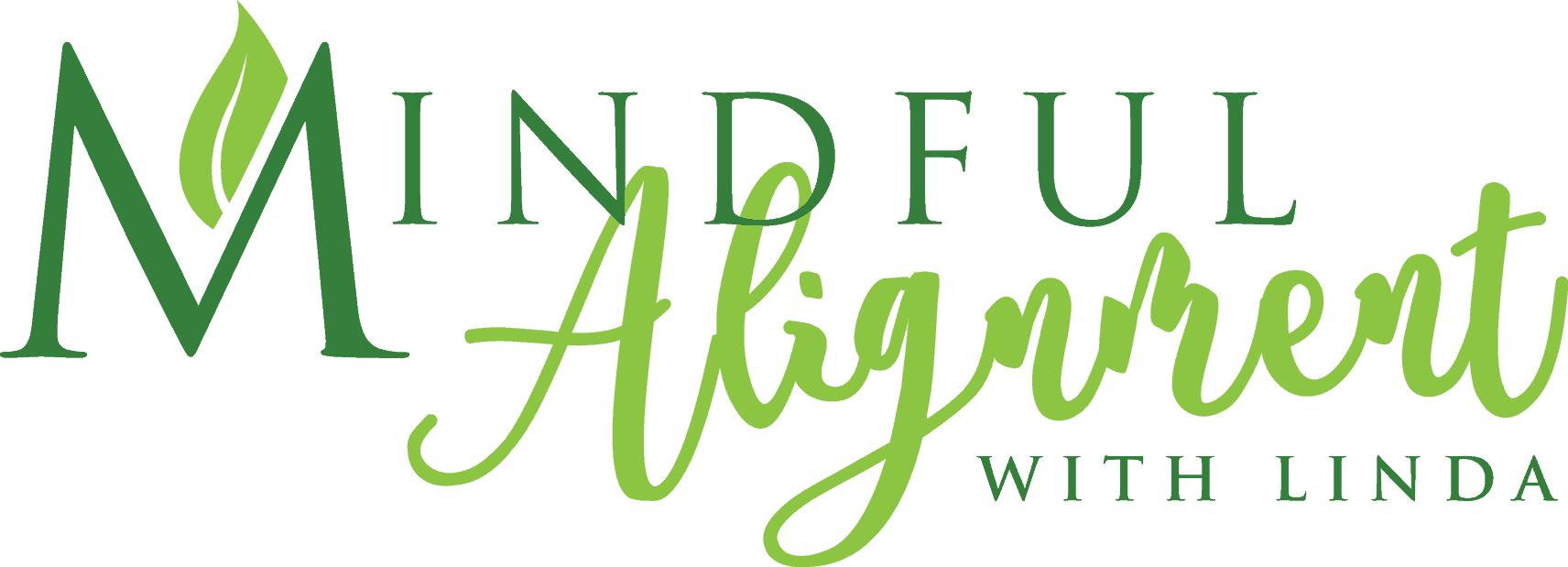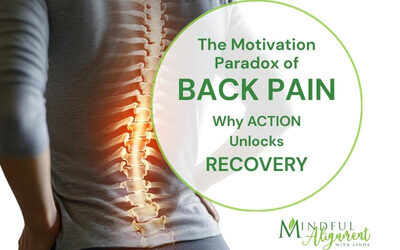Body Stiffness: It May Be Your Fascia
Sitting is the new Smoking
Many of us are now experiencing the winter weather when it’s harder to be outdoors, and you are likely to be spending more time sitting. Most of us know that sitting is not good for people. Some medical professionals have concluded that “sitting is the new smoking.” There are many reasons to put forth this comparison.
The most important reason is that sitting can cause the body to stiffen and muscles to shorten, resulting in aches and pains. Further, it should not be a revelation to us that our bodies are not designed to sit for significant amounts of time. Not only do our muscles need movement, but our bones get stronger, and our vascular system benefits from mobility.
Also, there is something called fascia, which is connective tissue under the skin. Fascia holds everything in place: the muscles, bones, nerves, and internal organs. The fascia does so by exerting 2,000 pounds per square inch of pressure on various internal body parts. Fascia is flexible, elastic, and is also deeply entwined in the muscle structure. Think of fascia as a second skin that adjusts to help enable our movements.
The possible fascia connection to Fibromyalgia
Researchers are trying to determine if Fibermyalgia patients have fascia that exerts too much pressure on the body. This added pressure may be responsible for the muscle pain that these patients experience.
Fascia benefits significantly from many of our movements, stretching and strengthening to keep the fascia working correctly. Toxins get wrung out in the process so that new nutrients can hydrate the fascia, a process similar to ‘squeezing a sponge.’
According to Robert Schleip, Ph.D., at the Fascia Research Project in Germany, fit and resilient fascia is accomplished by stressing, stretching, compressing, and twisting the body in multiple directions.
How yoga can help
One role of yoga is to help stretch and hydrate the fascia. Healthy fascia allows the sliding and gliding necessary so that one’s body can move, resulting in less pain and stiffness, as well as restoring function. How much stretching and stress our body needs depends on our habits, lifestyle, tasks, and body type. As a result, some of us are stiffer, and some of us are more supple.
The key take away is that we all benefit from varying our daily movements in ways that challenge our fascia to maintain a healthy body, which is the foundation for experiencing less pain and stiffness.
If you would like help on your wellness journey, schedule a private consultation.
Related Articles:
Beyond Calcium: The Power of Yoga for Bone Health
Discover how yoga supports bone health and osteoporosis prevention. Learn science-backed poses that strengthen your skeleton and reduce fracture risk.
The Motivation Paradox: Action is the Catalyst for Healing Back Pain
Discover the Motivation Paradox of Back Pain—why waiting for motivation keeps you stuck and how action is the true catalyst for healing. Learn science-backed strategies to break the pain cycle and reclaim mobility.
Transform Back Pain Anxiety: From Uncertainty to Empowerment
Discover how to navigate pain anxiety with empowerment. Embrace uncertainty and reclaim your healing journey through mindfulness and resilience.
Transforming Your Relationship with Back Pain: A Mindset Revolution
Back pain is more than a physical challenge—it's a profound psychological journey. The real battle isn't just in your muscles and joints, but in your mind. Your thoughts can either be a prison or a pathway to healing. Reframing Your Inner Narrative When chronic pain...




